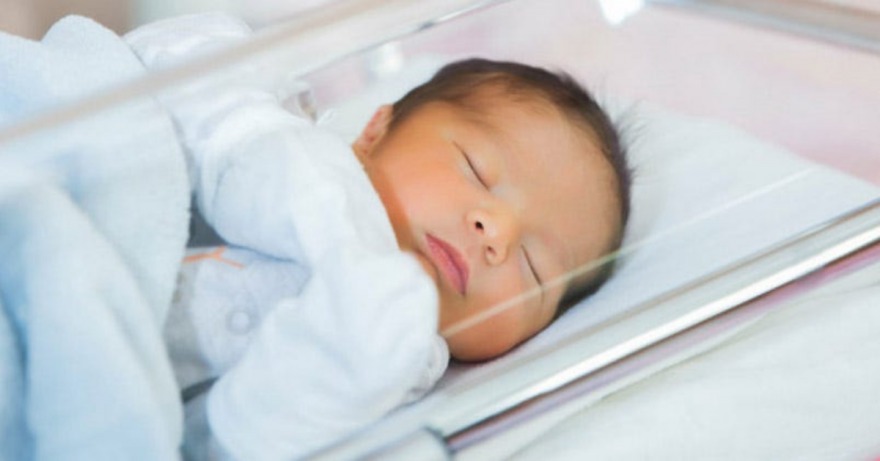What is Jaundice?
It’s common for a newborn to be diagnosed with Jaundice, a yellow discolouration that turns the skin and whites of the eyes. This occurs when the baby’s blood contains an excess of bilirubin, an enzyme produced in the blood when the body breaks down old red blood cells.
What Causes Jaundice?
The placenta helps remove bilirubin from the baby’s body in the mother’s womb. Jaundice will disappear within 2 to 3 weeks once the baby’s liver takes over and becomes efficient at this process. It takes some time for their liver to adapt. However, if yellowing persists for longer than 3 weeks, it can put a baby at risk for conditions such as deafness, cerebral palsy, or other forms of brain damage.
Jaundice is more likely to occur in:
- Premature babies. (babies born before 37 weeks gestation)
- Babies who have a hard time feeding or their mother’s milk is too slow to come in.
- Babies whose blood type isn’t compatible with the blood type of their mother.
- Babies who get bruises from delivery may have higher levels of bilirubin.
- Individuals of East Asian ancestry have a higher risk of developing jaundice.
What are the Symptoms?
Yellowing of the skin and the whites of the eyes usually appears between the second and fourth day after birth.
To check for jaundice, place the baby in natural sunlight and gently press their forehead and nose with your fingers. If the skin colour looks slightly lighter than its normal colour for a moment, this means that your baby doesn’t have jaundice. If the skin looks yellow where you pressed it. It’s most likely that the baby has mild jaundice.
For darker-skinned babies, also check for any yellowing colour in the palms of the hands a the soles of the feet. Check if there’s any yellowing colour in the palms of the hands and the soles of the feet for darker-skinned babies.
What to Do?
Making sure that the baby is getting enough nutrition through breast milk is essential. In mild cases, feed him as often as possible for frequent bowel movements to get rid of the excess bilirubin, of course, without overfeeding.
Treatment is typically necessary only if tests reveal elevated levels of bilirubin in a baby’s blood. In such cases, the baby may require hospitalization and undergo phototherapy, which involves exposure to light to lower bilirubin levels. Alternatively, an exchange transfusion may be performed, where the baby’s blood is replaced with blood from a compatible donor if necessary.
Whichever treatment is administered, most babies respond well and can leave the hospital after a few days. In most cases, jaundice is treatable, and the mild condition can go away in weeks. Talk to your paediatrician right away for any suspicions..



Leave a Reply